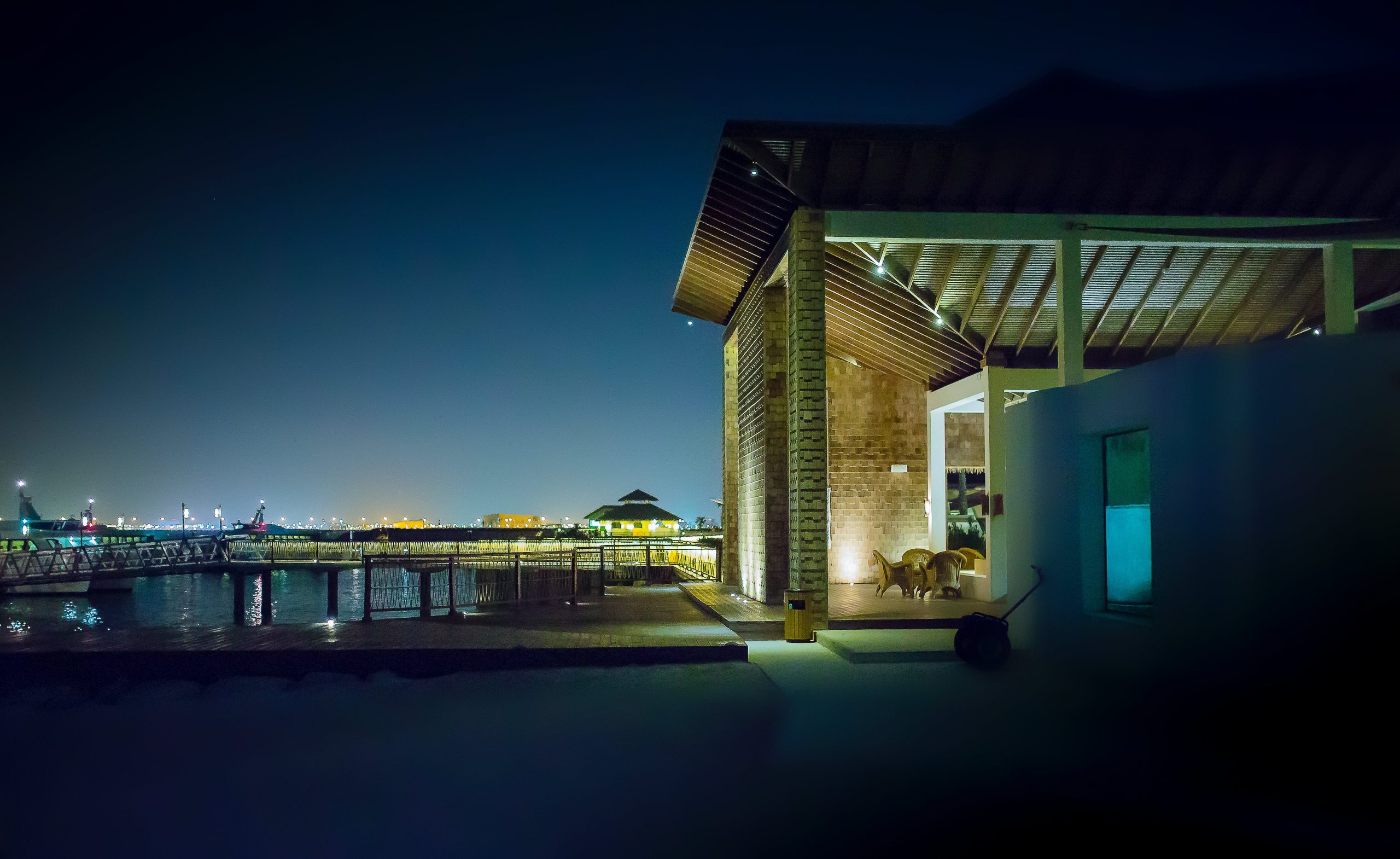When it comes to illuminating your outdoor space, the debate between uplighting and downlighting has long been a subject of contention among landscaping enthusiasts. Both techniques offer unique advantages and drawbacks, making the choice a matter of personal preference and practical considerations.
Uplighting
Uplighting, with its upward-facing fixtures, creates a dramatic effect by highlighting architectural features, trees, and other focal points from below. One of the standout benefits of uplighting is its ability to add depth and dimension to your landscape, casting intriguing shadows and enhancing the overall ambiance of your outdoor environment. This technique can also draw attention to vertical elements, such as towering trees or statues, making them appear more majestic and captivating.
However, uplighting may come with some challenges. For instance, the fixtures used for uplighting are often more visible, which could detract from the natural beauty of your landscape during the day. Additionally, improper placement of uplights may result in glare or light pollution, disrupting the tranquility of your surroundings and potentially disturbing neighbors or wildlife.
- Creates a dramatic effect by highlighting architectural features and trees from below.
- Adds depth and dimension to the landscape, casting intriguing shadows.
- Draws attention to vertical elements, such as trees or statues, making them appear majestic.
- Enhances the overall ambiance of the outdoor environment.
- Fixtures are often more visible during the day, potentially detracting from the natural beauty of the landscape.
- Improper placement may result in glare or light pollution, disrupting the tranquility of the surroundings.
- May not effectively illuminate pathways or seating areas.
- Requires careful planning and positioning to avoid creating undesirable shadows.
Downlighting
Conversely, downlighting involves positioning fixtures above eye level to cast light downward onto the landscape. This technique offers a softer, more subtle illumination that mimics the gentle glow of moonlight, creating a cozy and inviting atmosphere. Downlighting is particularly effective for pathways, patios, and outdoor seating areas, providing functional lighting while maintaining a sense of intimacy.
However, downlighting isn’t without its drawbacks. One of the main concerns is the potential for shadows to obscure certain areas of your landscape, especially when illuminating tall structures or dense foliage. Additionally, downlights may be less effective at highlighting vertical elements compared to uplights, potentially limiting their versatility in certain settings.
- Creates a softer, more subtle illumination that mimics the gentle glow of moonlight.
- Ideal for pathways, patios, and outdoor seating areas, providing functional lighting while maintaining intimacy.
- Less visible fixtures during the day, preserving the natural beauty of the landscape.
- Can be more energy-efficient compared to uplighting.
- Shadows may obscure certain areas of the landscape, especially tall structures or dense foliage.
- Less effective at highlighting vertical elements compared to uplighting.
- May require more fixtures to achieve desired illumination levels.
- Careful planning is needed to avoid creating harsh or uneven lighting effects.
My Take
As a passionate landscape designer, I’ve had my fair share of experiences grappling with the decision between uplighting and downlighting. One project that stands out in my memory is a client’s backyard transformation where we opted for a combination of both techniques. By strategically placing uplights to accentuate the tall trees surrounding the property and incorporating discreet downlights along the pathways and garden beds, we were able to achieve a harmonious balance of drama and functionality.
In the end, whether you choose uplighting or downlighting for your outdoor landscaping ultimately depends on your aesthetic preferences, practical needs, and the unique characteristics of your space. Experimenting with different lighting techniques and consulting with a professional can help you find the perfect solution to illuminate your outdoor oasis and create an enchanting ambiance that will be the envy of your neighbors.



